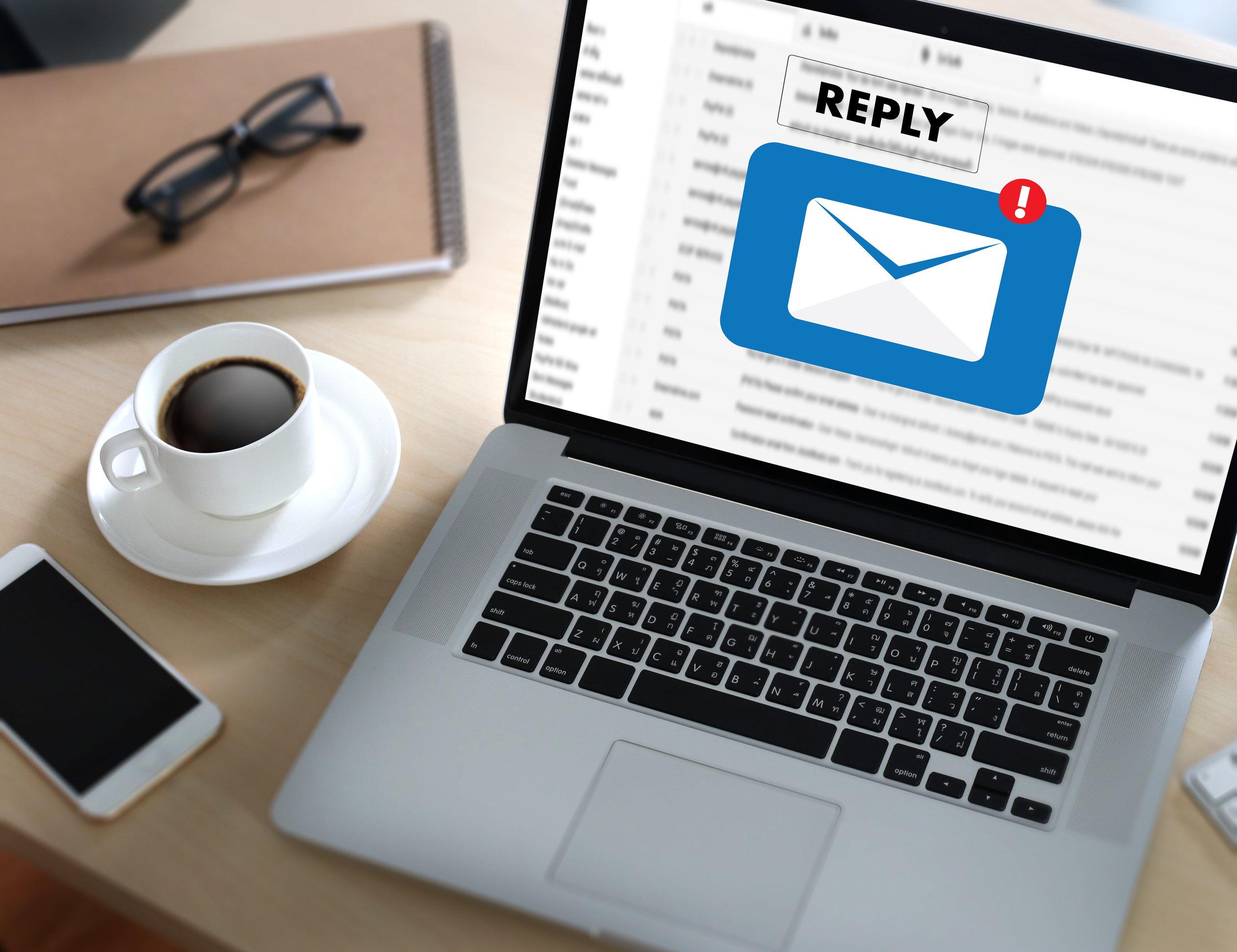This meeting could have been a (well-crafted) email
I’ve been reading a lot about productivity lately. One phrase that keeps cropping up is, “This meeting could have been an email.” In Cal Newport’s book, “Slow Productivity,” he advocates for holding the meetings. He calls it “docket clearing,” where you have a set, weekly time for the team to come together and work through outstanding tasks synchronously.
I absolutely believe there is a use for these kinds of meetings, especially when you’re working on a complex initiative or working against a tight deadline. I also think that email, chat, and Slack can still be used to cut through a lot of noise asynchronously. The trick is crafting those written messages so they are clear, concise, and actionable.
I want to acknowledge that drafting instructions is one of the hardest things to do effectively. How many times have you tried to follow a list of written instructions and wound up at a dead end, or with inexplicable extra screws and bolts? I first realized how difficult (and critical) writing instructions was early in my career. My team had posted an article about how to enroll in benefits in a new system. The article failed to clearly highlight one step, and we were inundated with questions and complaints. We didn’t totally miss the task – it was there – but the steps weren’t clearly stated, and people wound up on a landing page they didn’t expect, and they didn’t know what to do next.
Later, when I became an adjunct professor, I had the opportunity to hone my instruction-writing skills. I found that when I used a rubric to grade assignments, it was easier to write clear instructions because I had a very clear map of what I wanted the outcome to be. In communications campaigns, we always start with the desired outcomes and then craft S.M.A.R.T. goals – Specific, Measurable, Achievable, Relevant, and Time-bound. Understanding the desired outcomes at the start gives people a clear north star to head toward, and that leads to better results.
The same principles apply when you’re writing an email. Think about your audience. Are they under pressure? Traveling? If they’re burning the candle at both ends and likely reading your message on a mobile device, they might not be reading closely, so keep that message short. Use bullet points and bolding or highlighting to call attention to the most important aspects of the instructions – just don’t overuse those font styles. (If everything is important, then nothing is.)
Think about your objective and state that at the beginning. Limit your message to things that are important to achieving that objective on time. Don’t confuse the issue with other topics. Manage to the objective at hand.
If you’re sending a message to a group, make it clear who is responsible for what. If you’re working against a deadline, specify a deadline for each step.
It will feel very tactical, and it is, but this approach can also be very effective. If you can clearly state what needs to be done, who needs to do it, and by when, you will be able to use calls and meetings for more strategic conversations.
The next time you’re tempted to fire off a quick email to get something off your plate, pause for a minute. Apply a mental rubric and make sure that your instructions are clear enough for the reader to be able to successfully complete the task you’re assigning.

